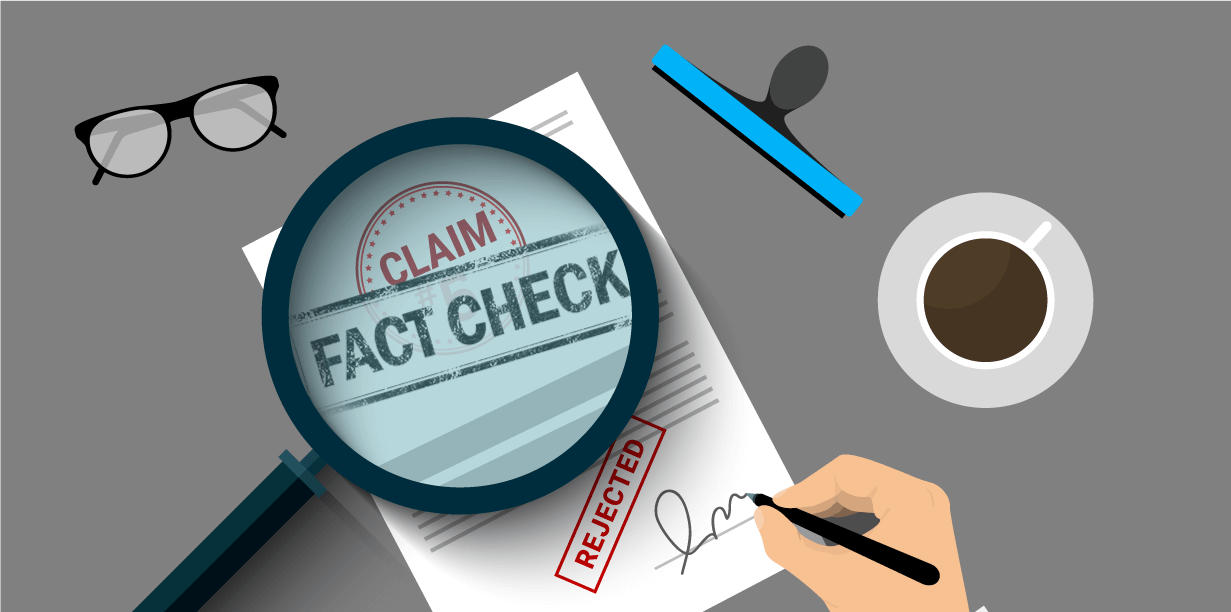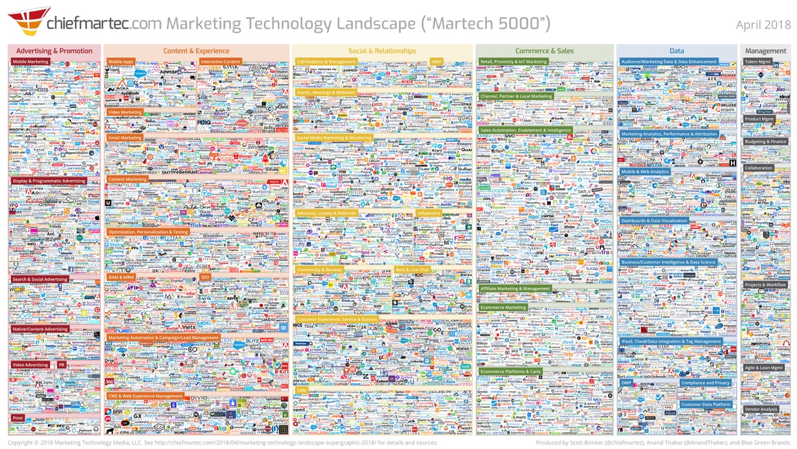5 Claims About Retail Marketing Analytics: Fact Check

“It’s Wednesday and we’re $1.1M down for the week. What are we going to do?” – VP of Marketing at a top 100 retailer
So, let me first start out by saying that I’ve spent the last several years in the web performance space with retail IT teams worrying about how fast web sites were. I can safely date myself back to the infamous Victoria’s Secret Ad in 1999. (The one that had performance problems, failed and hit the headlines because of it, not because of the ad.). Back then ANY time an ad hit the news wire, it was considered a “WIN”. Not so much now, of course.
But over the course of the last several years, retail, and e-commerce in general, has evolved to caring about business problems. Sure, web performance is still important; however, the focus is shifting to the revenue performance of the overall e-commerce platform. And much of that responsibility lies not with the IT team, but with the business, and more specifically, the marketing team.
And with that shift comes a different set of problems and questions. “I don’t care about page load time, that’s IT’s responsibility,”was, and is, a common theme. Instead, the questions are around the actual marketing promotional performance.
Enter conDati. Enter a new set of challenges. Challenges that are typically based on technology developed since the mid-1990s to serve the marketing department, namely analytics tools (e.g. Adobe Analytics, born 1996, IBM CoreMetrics, aka IBM Customer Experience Analytics, born 1999, and, more recently Google Analytics, born 2005) and other siloed solutions to address point issues in the martech stack such as advertising & promotion, affiliate marketing, social media, and, well, you get the idea.
The problem is, in the words of a very good friend, and VP of Marketing in a Top 10 eCommerce retailer, “We have more data in more silos than we can count, but we don’t have any information. We don’t have the ability to combine all this data into insight that will allow us to make better decisions. We’re flying blind. We’re reactive.”

So, with this landscape, and the words from my friend ringing true at every retailer I talk with, I bring up conDati.
conDati Marketing Analytics, I say. The typical initial response? “We already have an analytics tool.” In the words of conDati’s CEO and Founder, Ken Gardner, “No, you don’t.”
And he’s right.
So let’s dig in past the buzz word “analytics” that seems to be used so broadly across the martech landscape, and walk through some of the more common initial objections I hear from marketing and their technology support teams.
 |
Claim #1“I already get my campaign performance data from Adobe/IBM/Google. I run reports and provide the data to the team for a daily stand-up/summary of the previous day’s performance across each campaign.” |
 |
Fact Check #1conDati response: Looking in the rear-view mirror doesn’t help the future. I sat in a daily stand-up meeting at one retailer where the VP of Marketing kicked-off the meeting by saying, “It’s Wednesday and we’re $1.1M down for the week. What are we going to do? Looks like we should pull in next week’s promotions early.” This would not have happened with conDati. conDati provides the ability to analyze, predict and forecast each and every campaign, based upon historical data and use AI and machine learning for anomaly detection to “watch & alert” each campaign. No need to wait for the bad news a day later. |
 |
Claim #2I can already watch my ad campaign performance in Google Ads and Bing. I use my 3 monitors to constantly watch campaign performance in GA360, Google Ads and Bing Ads, live across all 2,200 of my key words. So why would I need conDati? |
 |
Fact Check #2conDati response: conDati provides the ability to collect, blend and analyze data from every marketing data source and to blend that data into a unified data source. conDati then uses AI and machine learning to optimize the financial performance of ad spend against revenue. 3 monitors? Nope. Just need 1 monitor for conDati. (Not to mention, What human can possibly watch 2200 different key words individual performance across multiple ad platforms?) Here’s a real customer scenario: An IR 500 retailer bid daily on 2,200 key words across Bing and Google Ads (Yes, using 3 monitors!). With conDati’s data science, those 2200 key words were reduced to 700, thus reducing costs by 15% with the resultant revenue increasing by 10%. AND conDati adjusted the days, times, and geographies of the ad spend on the fly with our “watch & alert” feature. |
 |
Claim #3“I already use tools for my weekly loyalty e-mail campaigns. We’ve been launching our e-mails the same time every Monday morning at 9 AM ever since I can remember. Why should we change that now? That’s when our team comes in and holds our daily stand-up.” |
 |
Fact Check #3conDati response: (Sarcastically) Why should you change that now? Let’s look at your data for the answer. In the visualization below, the lower right quadrant shows the worst conversion rates, which coincidently in this (real live customer) use case, correspond to the launching of loyalty e-mail campaigns – just the way they’ve been done for 20 years. However, analysis of this retailer’s own data, on the fly, shows that the best conversion rate and revenue actually occurs at 10 AM EST (7 AM EST in the upper right quadrant in “green”)
|
 |
Claim #4I do not need conDati to tell me where and when to spend my ad dollars. Google Ads and Big Ads already provide this analysis so we can adjust on the fly. They’ve developed their own AI algorithms, so why would I need conDati? |
 |
Fact Check #4conDati response: (Tongue in cheek.) Do you really think that Google Ad words is telling you where on Bing to best spend your ad dollars? And vice versa? Not to mention that most IR 500 enterprises have at least half a dozen, if not more, ad platforms in use (Most so far => 23.). These include Facebook, Instagram, Bing, Google, Amazon, LinkedIn, Yelp, Pinterest, YouTube, Twitter, etc. Only conDati can tell you where to spend your ad dollars for the biggest conversion and revenue impact across all your platforms. No bias. Just AI and machine learning powered by conDati. |
 |
Claim #5We have 500 to 1,000+ campaigns every day of the week (assuming a paid key word is 1 campaign), there is no way anyone can watch every campaign from every channel, affiliate, email, social, referring sites, natural leads, direct search, or ad platform (and we use 12). No tool can do this. |
 |
Fact Check #5conDati Response: We agree 100%. There is no way ANYONE can watch EVERYTHING. Even if you are lucky enough to have a large team watching each and every category (e.g. PPC, Affiliates, etc.). conDati’s solution CAN watch EVERYTHING, all at once. And, on top of that, conDati can provide alerts, forecasting, and live visualizations from the top, all the way down into each campaign. Every day. All the time. No human or group or humans, can do this. (Marketing folks are superheros, but this is their Kryptonite.) |
Takeaway
Welcome to 2019. It’s time to move away from 1990s martech silos and be able to answer one simple question for each and every promotional campaign: “Is our marketing campaign successful or not? Right now?” Answer that for each campaign, on every channel: SEO, PPC, Loyalty, e-mail -- all of them.
Let conDati bring you and your marketing organization into 2019.

.png?width=783&name=image%20(11).png)



